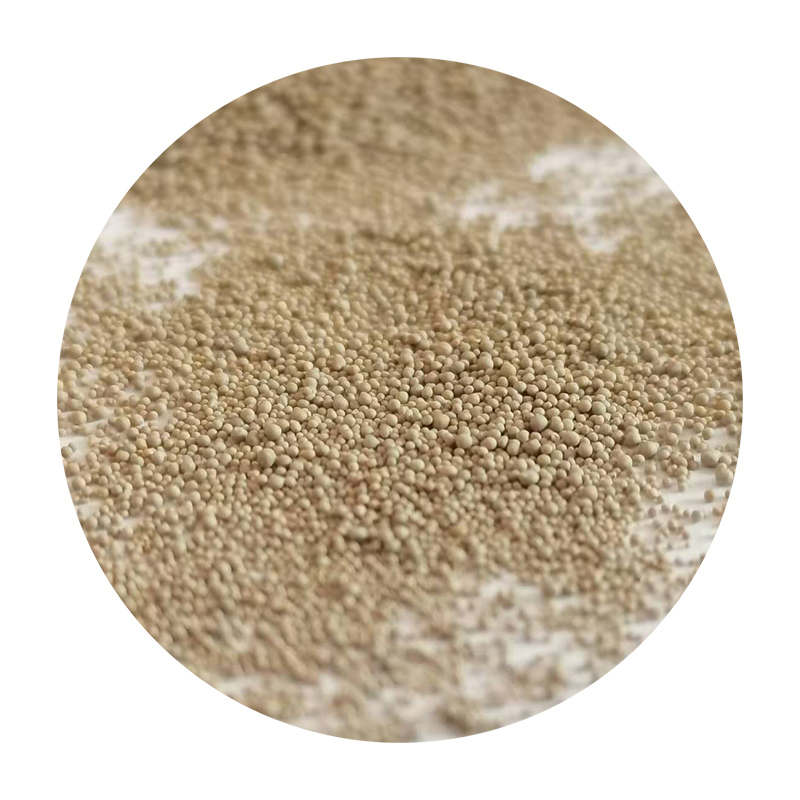Resin Coated Sand Plant Revolutionizing Foundry Processes
In the modern era of metal casting, the demand for high-quality molds and cores has pushed the foundry industry towards innovative materials and processes. One of the most significant advancements in this field is the use of resin-coated sand, a material that has transformed the way molds are produced. This article will explore the resin-coated sand plant, the process involved, and its advantages over traditional methods.
A resin-coated sand plant is specialized in producing sand that is coated with a thermosetting resin, which significantly enhances its performance in foundry applications. The basic process involves mixing high-quality silica sand with a resin binder and curing agents. The resulting blend is then thermally processed to create a uniform coating on the sand grains. This coating allows the sand to retain its shape under high temperatures, making it ideal for producing intricate and precise molds and cores.
Resin Coated Sand Plant Revolutionizing Foundry Processes
The curing process is a critical stage in the resin-coated sand production. It involves using hot air or infrared heating to initiate the chemical reaction of the resin, solidifying the bond between the sand particles. This curing mechanism creates a strong, durable material that enhances the mold's ability to endure the rigors of molten metal pouring.
resin coated sand plant

One of the paramount benefits of using resin-coated sand is its ability to produce high-resolution molds with intricate details, something that traditional sand casting methods struggle to achieve. The smooth surface finish and dimensional accuracy provided by resin-coated sand significantly reduce the need for additional machining and lead to lower production costs in the long run.
Moreover, resin-coated sand exhibits excellent thermal properties, allowing it to withstand extreme temperatures without degrading. This resilience not only improves the casting process but also extends the life of the molds, resulting in less frequent replacements and decreased downtime in production.
In addition to these advantages, resin-coated sand plants operate with environmental considerations. Many modern plants are designed to minimize waste and emissions, ensuring that the production process is sustainable. The use of advanced techniques, including reclamation systems for used sand, reduces the need for new raw materials, making the process more eco-friendly.
In conclusion, resin-coated sand plants are at the forefront of foundry technology, offering solutions that enhance the efficiency and quality of metal casting. By leveraging innovative materials and processes, these plants are not only meeting the current demands of the industry but are also paving the way for future advancements. As the foundry sector continues to evolve, the role of resin-coated sand remains paramount in achieving excellence in metal casting.
Post time:Novemba . 24, 2024 08:18
Next:sanding glazed ceramics
